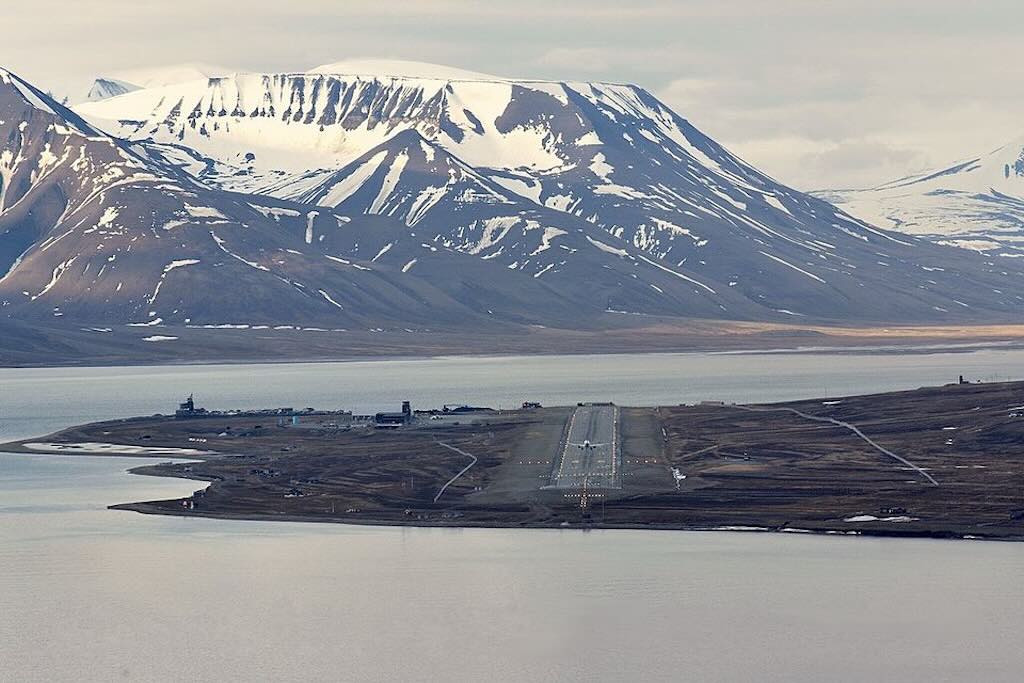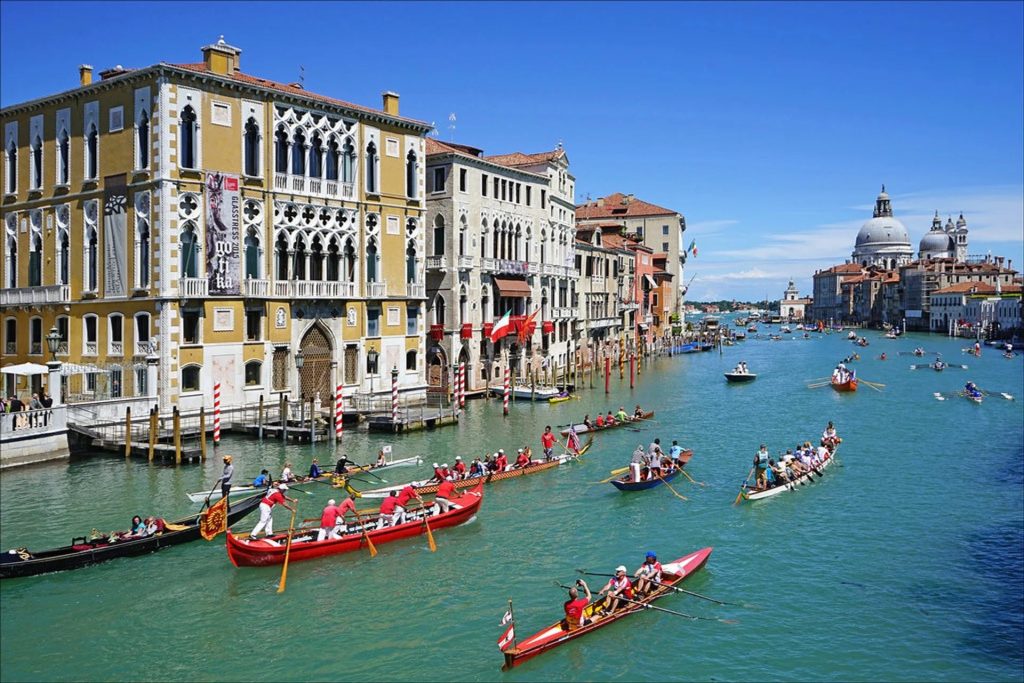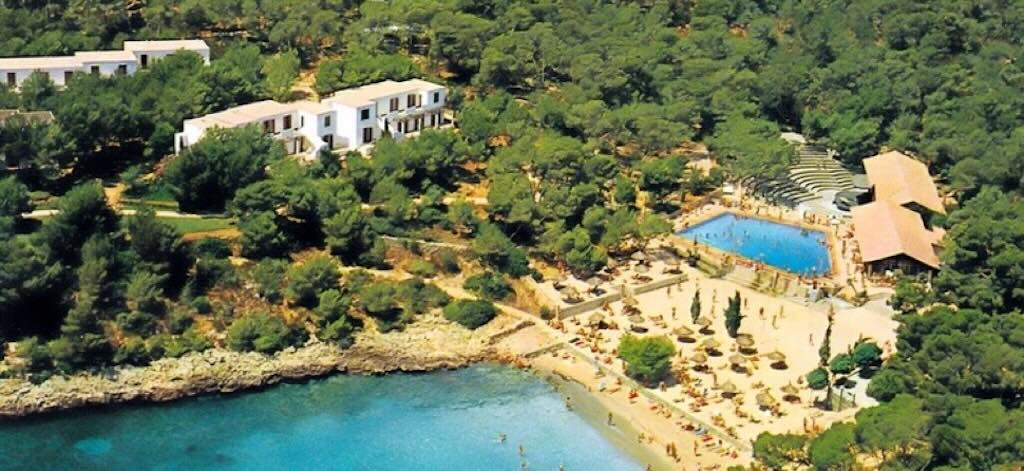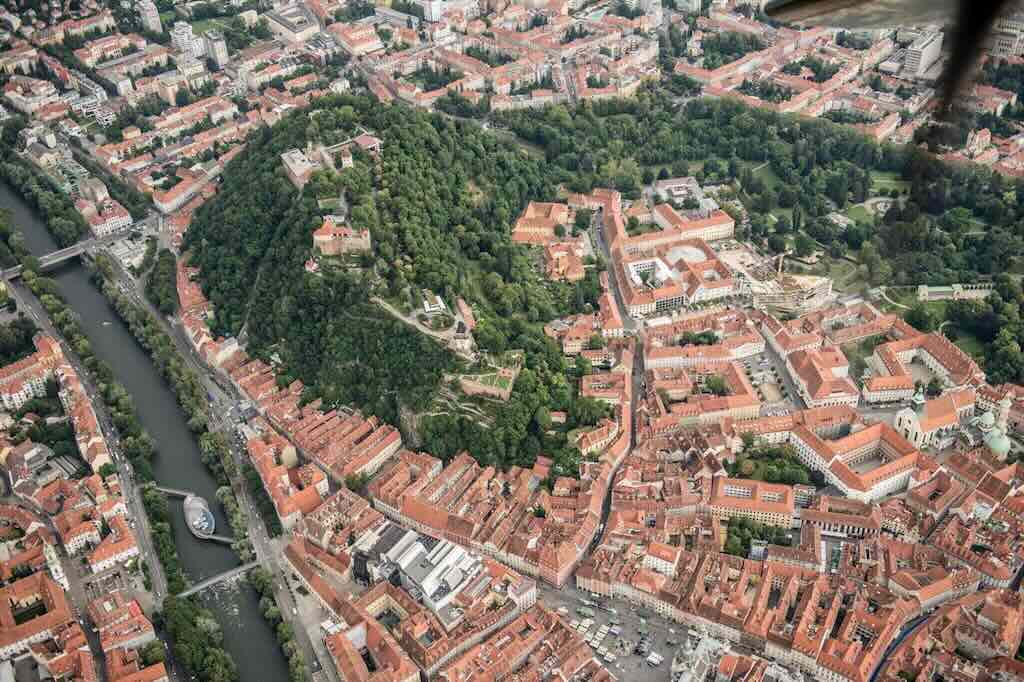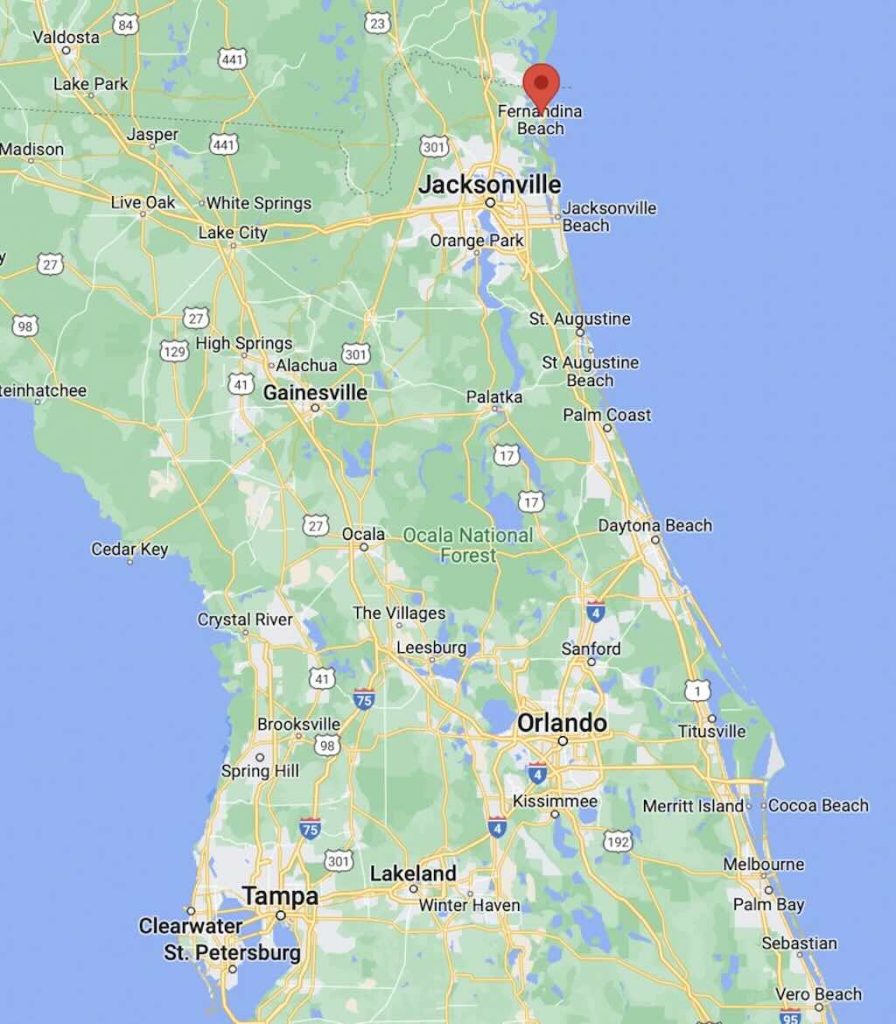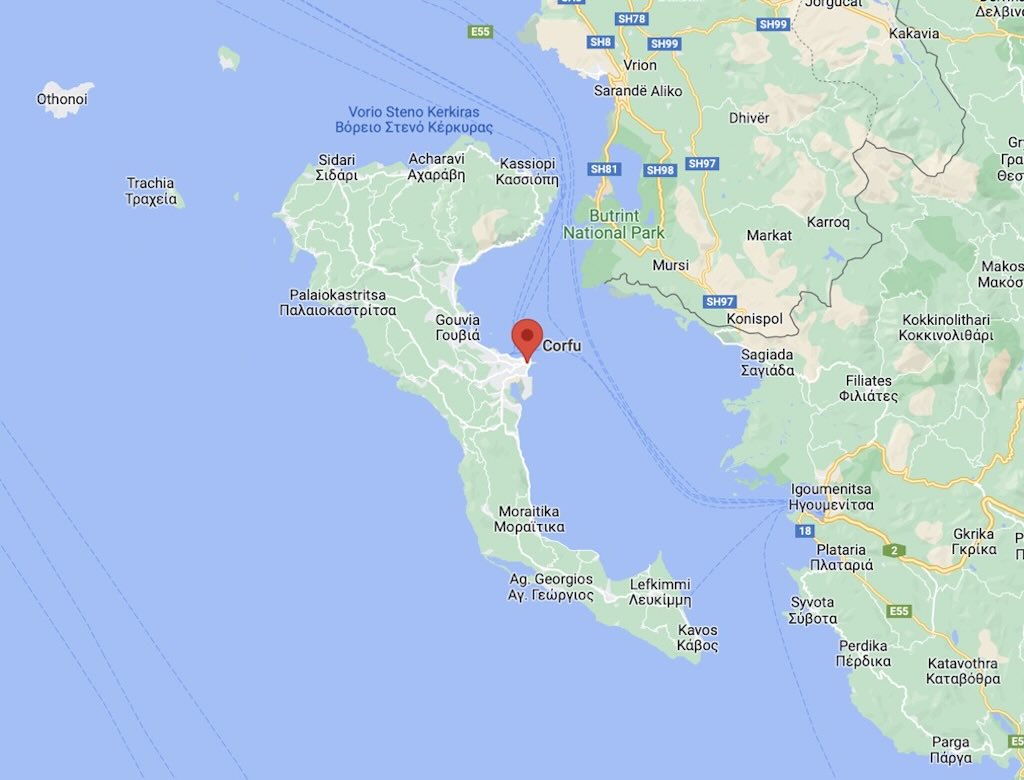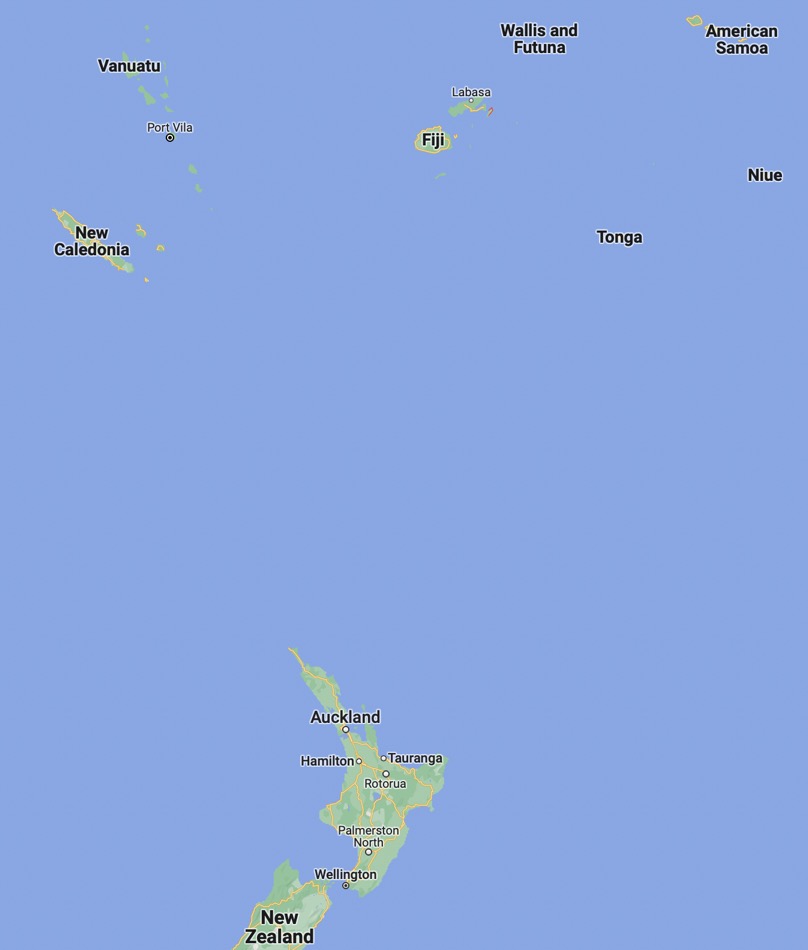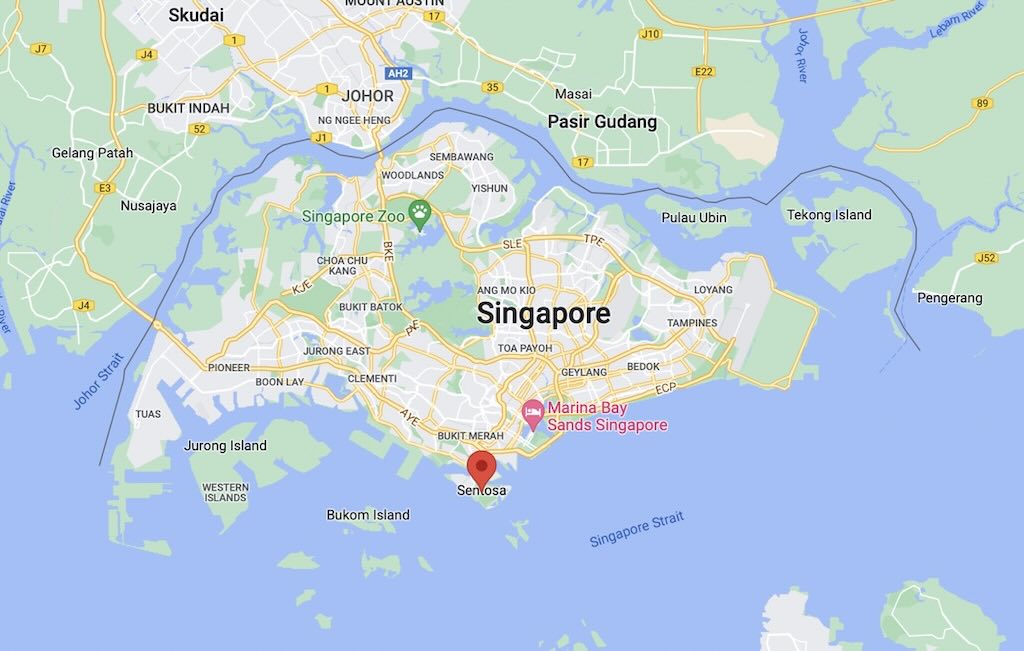Longyearbyen’s Svalbard Airport (LYR) is the only public airport serving Svalbard with scheduled commercial flights. However, there are several other airfields and heliports on the archipelago.
The airport is about 3 km northwest of Longyearbyen, on the peninsula of Hotellneset. Remembering that the town has around 2,500 inhabitants, and that distances are either short, or inexistent (there is no national road infrastructure).
It’s the northernmost airport in the world with scheduled public flights. There are about 3 non-stop scheduled flights per day on average, with services from two main mainland Norwegian hubs, Oslo and Tromsø. There are also numerous charter flights for passengers on explorer cruises. And there are some local flights (fixed-wing and helicopter) but they are not open to the general public.
I was flying through this airport on a charter flight (Enter Air) for a Quark explorer cruise.
Svalbard Airport appears in rankings of scariest or most extreme airports, often around positions 9–12, but not in any most dangerous lists. The airport operates amid permafrost and polar darkness in winter, and the runway and infrastructure are experiencing subsidence and thaw-induced damage, leading to daily inspections and emergency repairs.
Unfortunately, in 1996 Norway recorded its worst air disaster there. Vnukovo Airlines Flight 2801 crashed on approach, killing all 141 aboard. This legacy contributes to the airport’s intimidating reputation.
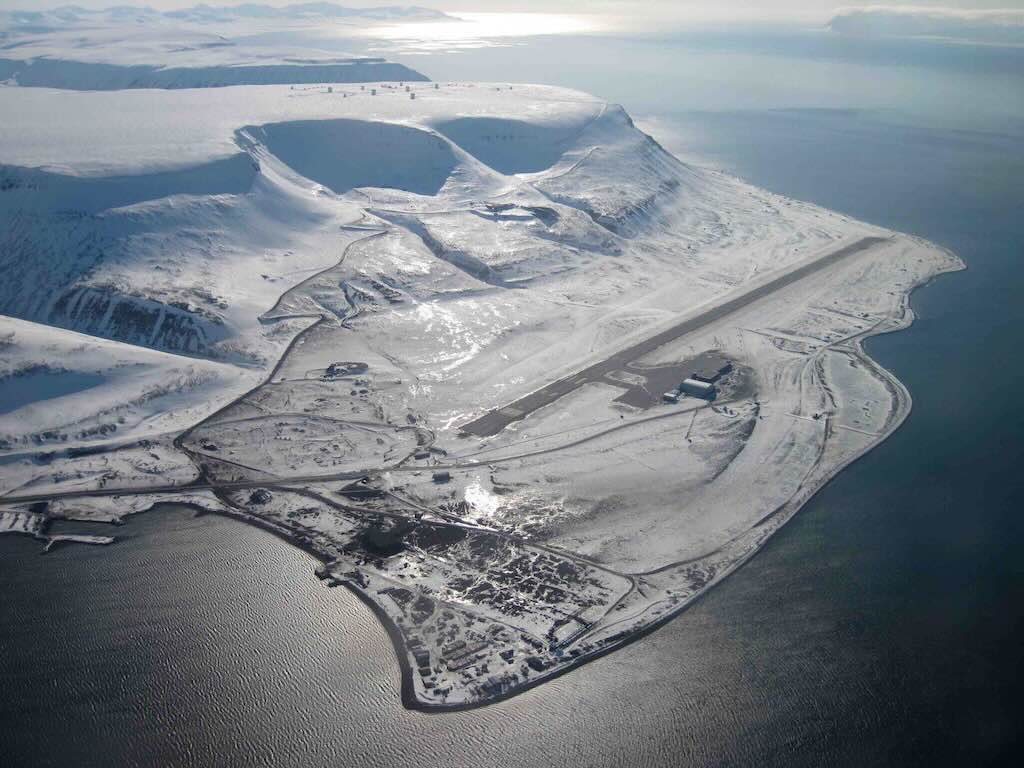
A little history
According to some reports the semi-rigid airshipNorge (designed and piloted by Umberto Nobile, financed by explorer Lincoln Ellsworth, and commanded by Roald Amundsen) flew the first verified air crossing of the North Pole. It was built in Italy (near Rome), flew to Oslo, then Vadsø (northern Norway), and made its final departure from Ny-Ålesund in Svalbard. Ny-Ålesund was chosen because it had a flatter coastal area for mooring the airship, and a large airship mooring mast had been erected near the Kings Bay coal mining company.
It is reported that during the 1920s–30s: various hydroplanes (seaplanes) made occasional landings in Adventfjorden (the fjord at Longyearbyen), weather permitting. There were no prepared landing sites, only water or ice. During WW II some military flights (likely British and German reconnaissance) were made during the war, including airdrops, but no permanent infrastructure was established.
There is evidence that in early 1959 (late winter/early spring) a medical emergency occurred in Longyearbyen, reportedly involving a seriously ill or injured person. At the time, there was no airport in Longyearbyen, only occasional sea access in summer, and no reliable air link in winter. In desperation, a decision was made to attempt a landing on the frozen surface of Adventdalen (the wide valley just east of Longyearbyen). It would appear that locals lined up cars and tracked vehicles, turning on their headlights to illuminate the frozen “runway”. The aircraft successfully landed on the frozen snow and ice, evacuated the patient, and took off again. This proved, for the first time, that Longyearbyen could be reached by air in winter, using the ice as a runway.
Norwegian records confirm that in 1959, the first regular winter flights began using a prepared ice runway in Adventdalen. The thick-ice runway was used seasonally (only winter), with maintenance to flatten and mark the snow-covered ice. Aircraft like the Douglas DC-4 and DC-6 landed here, serving mining companies, researchers, and the Norwegian authorities. This event is seen as a turning point that led to more structured planning for a permanent airport.
Svalbard Airport, Longyearbyen (LYR) officially opened on 2 September, 1975, with a paved runway, operational year-round. Through to the end of the Cold War the airport had limited terminal infrastructure, appropriate for small-scale, remote operations. However, in addition the runway had a cooling system installed to stabilise the permafrost (thermosiphon technology).
A new terminal building was completed in 2006, with improved passenger facilities, baggage handling, and customs office (important due to Svalbard’s special tax and immigration status). Today the runway is limited to narrow-body jets (e.g., Boeing 737, Airbus A320), and there is no de-icing hangar, so aircraft must rely on natural conditions for snow/ice management. modern navigation and lighting systems are now installed for Arctic darkness and fog, e.g. an instrument landing system (ILS).
Arrivals
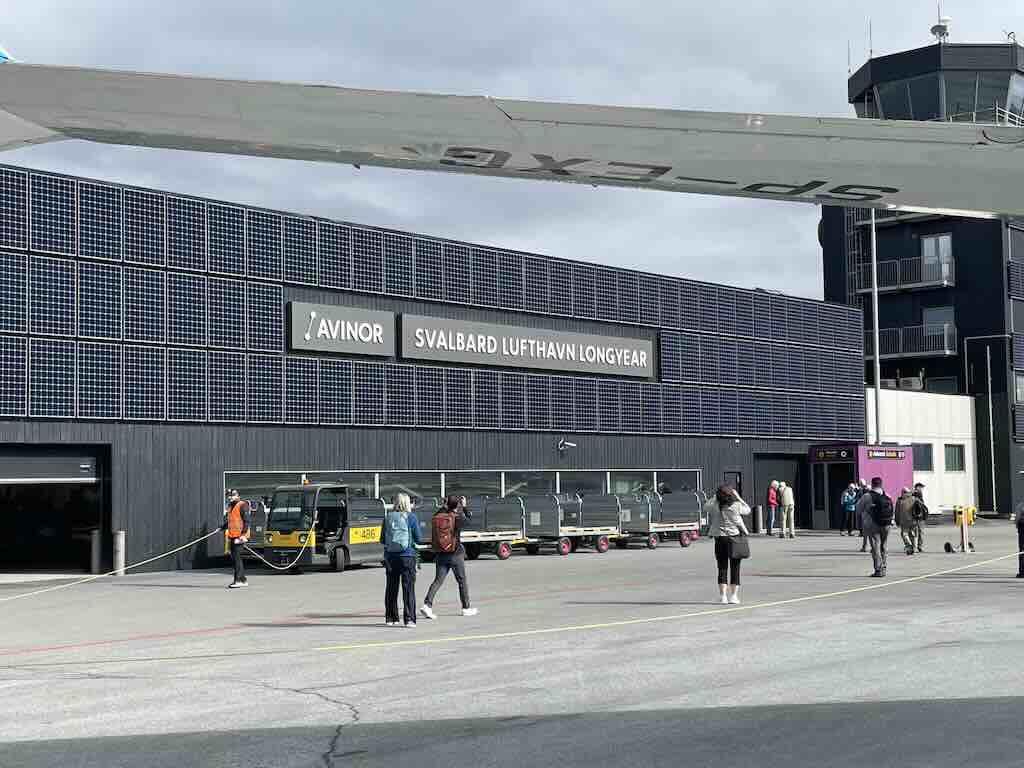
Arrivals was relatively simple, walk through to passport control, pick up luggage, walk out and take one of the three coaches waiting for us. Luggage was taken directly to the cruise ship and was waiting outside our respective cabins. No real opportunity to make a mistake, with one arrival and one luggage carousel, it could not have been easier.
The only thing worth noting is that Svalbard is outside Schengen, despite Norway being in Schengen.
Departures
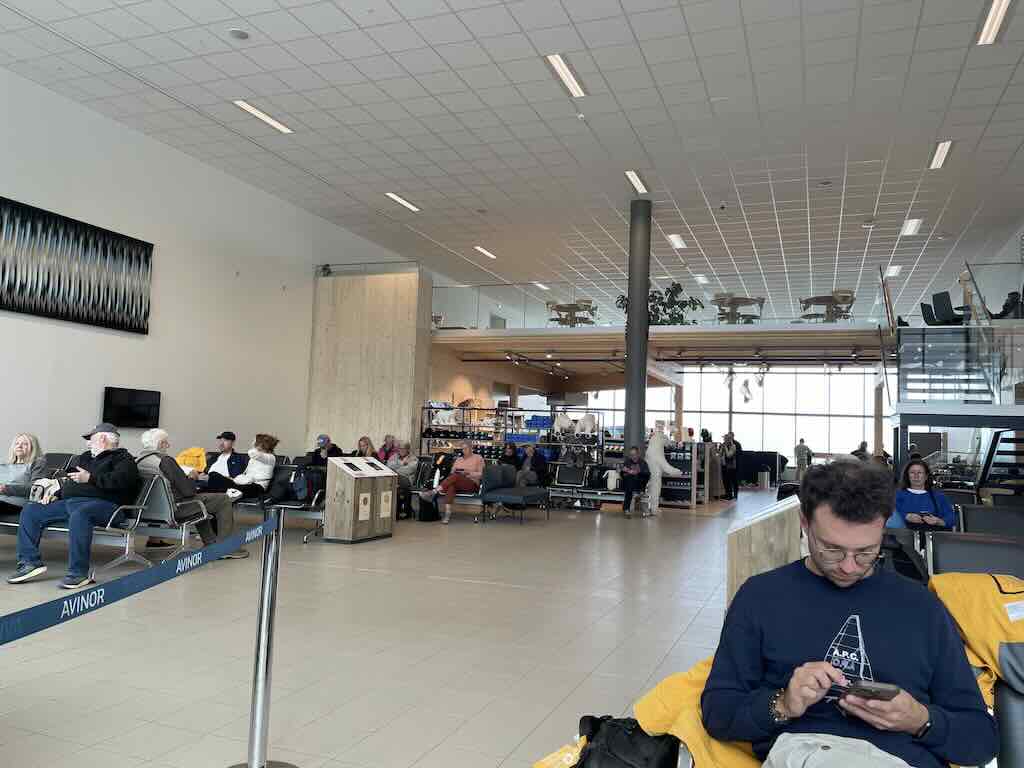
Departure was almost as easy. There were two check-in counters, and only one security control, e.g. portal, scanner, etc. Obviously coming through arrivals were the passengers for the next Quark cruise.
My backpack was selected for a check, because, whilst I had pull out my laptop, I had not taken out the charges and cables. So the whole lot had to go through the scanner again.
There is only one departure area, seen above.
One passenger was called about their luggage. Security had detected a batter in a suitcase. It turned out to be the battery for a small hand-held ventilator fan.
So clearly, security looked to be quite good. Otherwise, there was the usual passport and boarding card check, before walking out to the aircraft.
